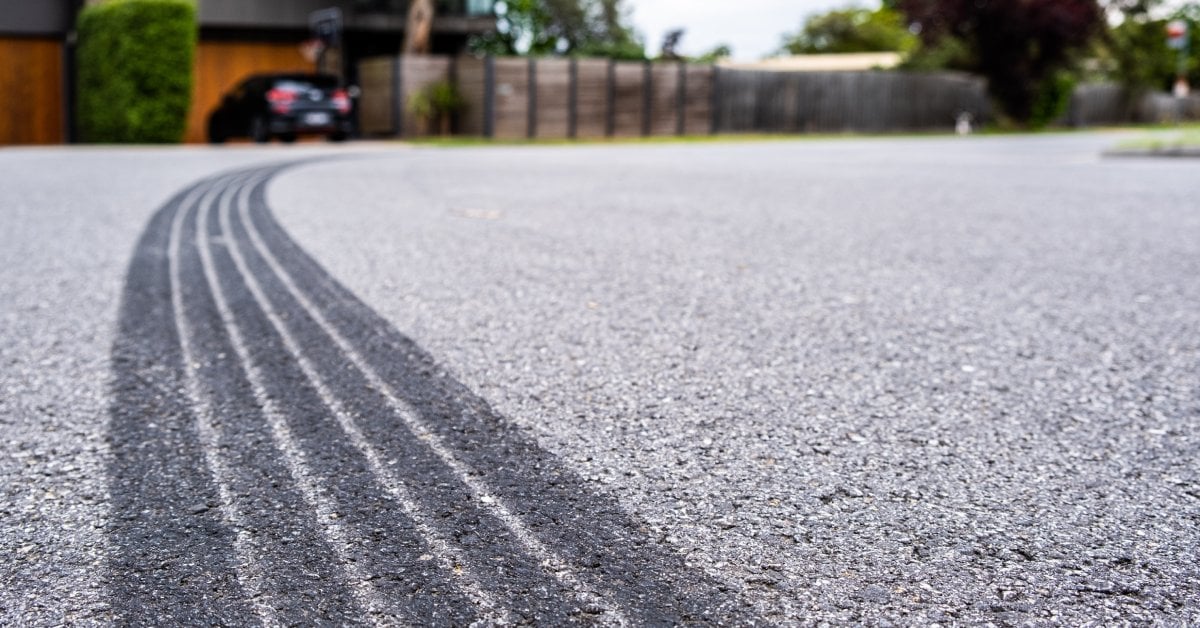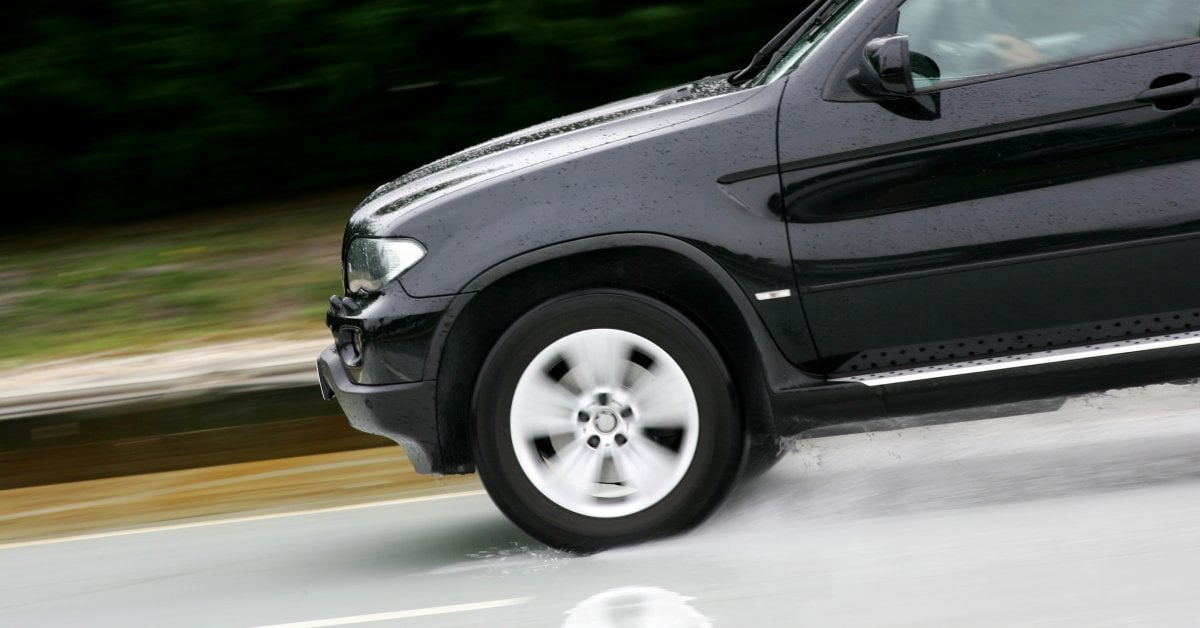One of the first things you learn as a driver is that if you want to stop more quickly, you need to press down harder on the brake pedal. While this is effective 99 percent of the time, there’s that 1 percent in which slamming the brakes might not be enough to stop your vehicle in time.
This is because there are a number of factors that affect how quickly your vehicle can slow down. While some are more important than others, there’s one factor that not many know about, which is the tread depth of your tires.
Even though most drivers are aware that low tread depth isn’t safe, they don’t know all the reasons why that is, and reduced stopping power is one of them. We hope by going into detail on the link between tread depth and stopping distance, we’ll be able to help more drivers ensure their vehicles are ready for anything when it comes to slowing down on the road.
What Does Tire Tread Depth Do?
While rubber is the main component that keeps your car on the road, it wouldn’t be very effective if it weren’t for the grooves printed into it. These treads give the rubber more wiggle room, allowing it to form as needed to keep in contact with the road.
On top of that, the grooves between the treads allow water and small pieces of debris to easily pass through your wheels. This helps keep these obstacles from negatively impacting your tire’s grip on the road, keeping you safer while behind the wheel. If your tires don’t have enough tread left, they won’t be able to function properly.
How Does Less Depth Impact Stopping Distance?

So, how does a lack of tread depth impact stopping distances? It’s quite simple—the less tread your tires have, the less grip they have, meaning they won’t be able to hold onto the road as well when coming to a stop. This leads to your vehicle needing more room to come to a complete stop. If you’re trying to brake quickly because a car suddenly stopped in front of you, you’ll be more at risk of hitting it because your tread isn’t providing enough grip to make the stop in time.
How Low Is Too Low?
In a perfect world, we’d all have tires that never lose any depth, allowing us to always get the most stopping power out of our tires. Unfortunately, in the real world, tires are under constant pressure and wear out the more you use them. While there are ways to slow down how quickly they wear out, nothing will stop them from eventually becoming too worn to be effective.
That’s why you need to pay close attention to the current depth of your tire treads. According to most professionals, 2/32nds of an inch is the absolute lowest you should ever let your treads get before looking for new tires from an online wheel retailer like WheelerShip. Any lower and your vehicle might not be able to stop at all.
However, it’s generally recommended to buy new tires before the treads ever get to that limit. Many people are starting to consider 4/32nds of an inch as the new norm for when to replace their tires. Not only will this help keep your stopping distance at more reliable levels, but it’ll also help account for other factors that could be impacting how long it takes for your vehicle to come to a halt.
Other Factors That Affect Stopping Distance
If poor tread depth isn’t the only factor that hurts your stopping power, what else should you be on the lookout for? We’ll explore each additional consideration to give you a more well-rounded view of why your car might be taking too long to stop.
Speed
This might be an obvious one, but the speed at which your vehicle is moving has the largest impact on how long it’ll take you to stop, so it’s worth mentioning. If one car moving 20 mph and another moving 80 mph both brake at the same time, the faster one is going to take longer to stop, no matter how good its tires are. This is due to simple laws of momentum. Even if you could force the vehicle traveling at 80 mph to stop more quickly, you wouldn’t want to because the sudden halt would injure the people inside.
Brakes
While thick treads are a crucial element to stopping quickly, one part of the car is arguably much more important: your brakes. Without these, your car won’t be able to stop at all. Since all cars should have working brakes, the thing you’ll actually need to worry about is brake pad thickness. If your pads are too worn out, they won’t be able to slow the wheels down as effectively, making your stopping distance much longer than normal. When your brake pads need replacing, shop WheelerShip’s wide selection of top-quality brakes and rotors!
Weather

Outside of brakes, weather conditions are something else that can have a huge effect on your stopping distance. Whether it’s raining out or a blizzard recently blew through your area, factors like water and ice will make it harder to stop. If there’s enough water on the road, it can get underneath your tires, causing you to hydroplane and lose control.
Additionally, the slipperiness of ice will make your tires lose grip, especially when trying to stop. While these are factors you can never have full control over, having thicker treads on your tires will make them less likely to cause additional trouble.
Vehicle Weight
Another factor to consider is your vehicle’s weight. The heavier your vehicle is, the longer it’ll take to bring it to a complete stop. There isn’t much you can do to make your vehicle lighter, but it is an important factor to note, as this knowledge will allow you to make necessary accommodations for your vehicle’s weight. That means if you’ve upgraded from a sedan to a truck, you’re going to need to get used to hitting the brakes a bit sooner than you’re used to.
Reaction Time
Last but not least, we must account for reaction time. Your car will have no chance of stopping in time if you take too long to apply the brakes. While there are ways to improve your reaction time, the better option is to change your driving habits. Most accidents occur because somebody was tailgating, wasn’t paying close enough attention to the road, and didn’t react in time. If you focus your efforts on being more aware while behind the wheel, you should be able to give yourself plenty of room to stop before something bad happens. Be alert and drive safely!


